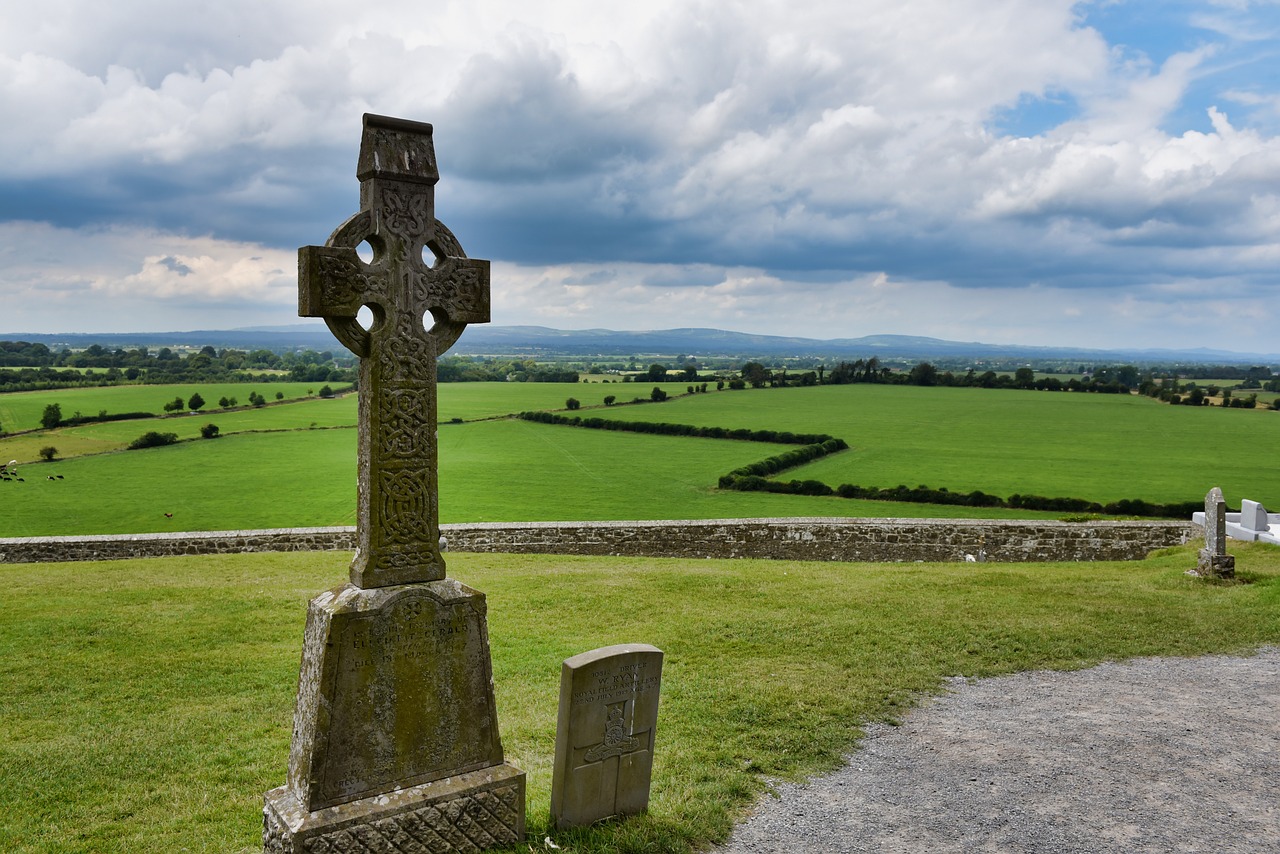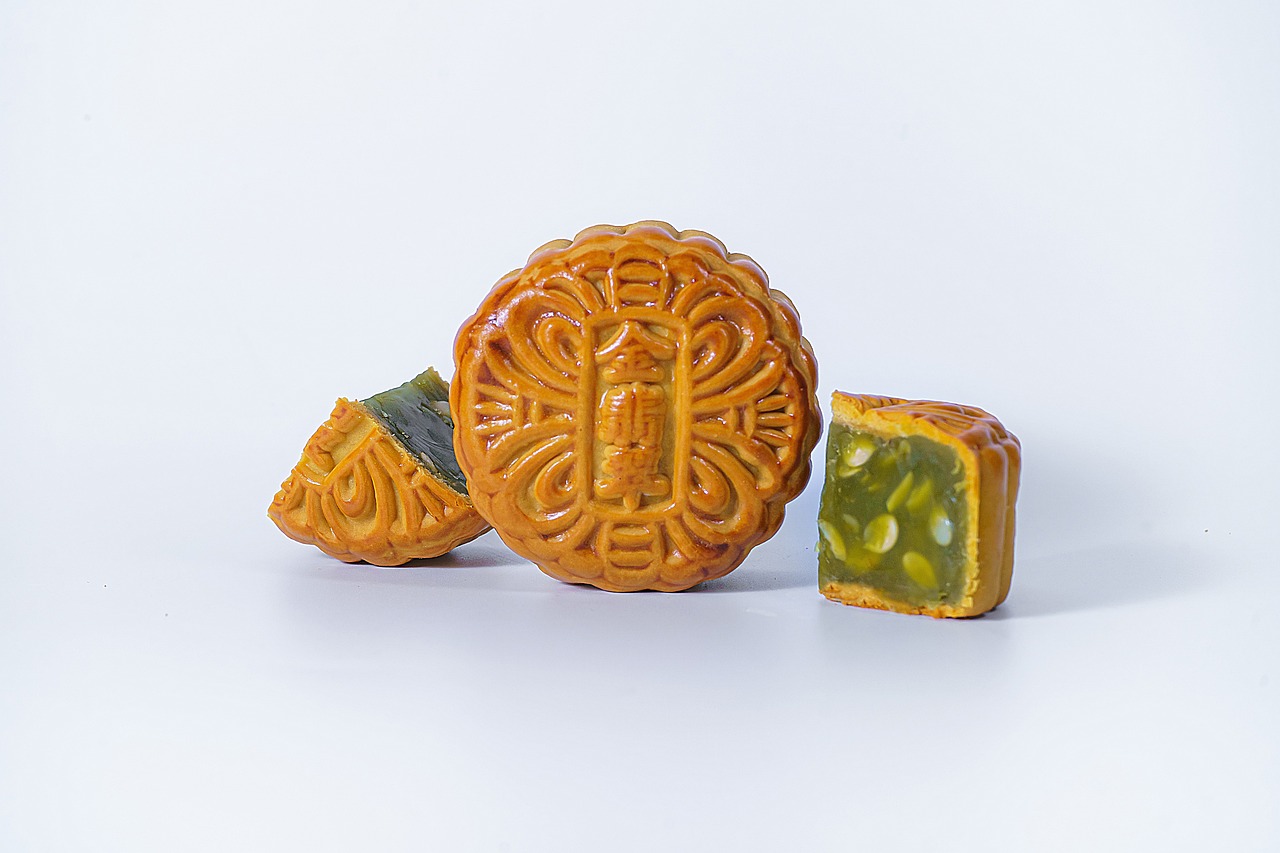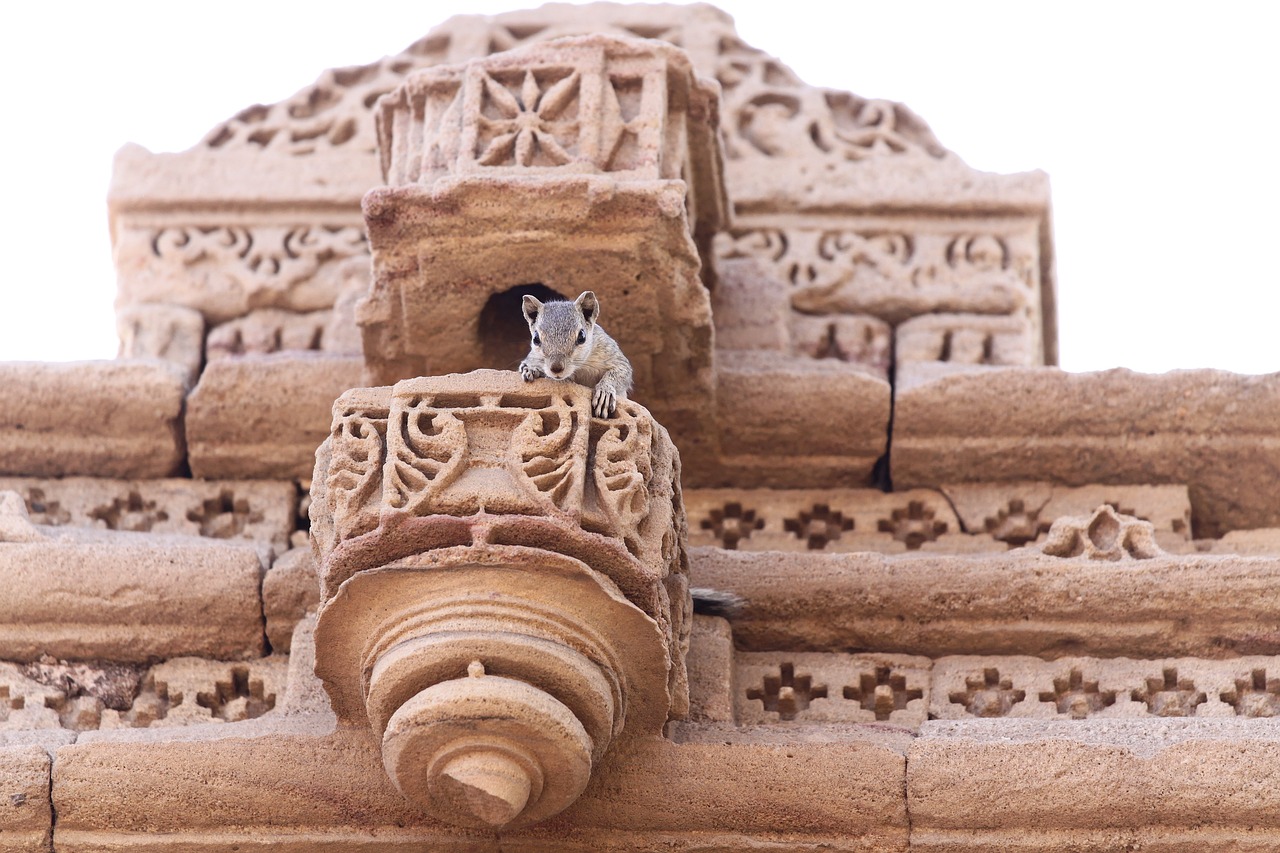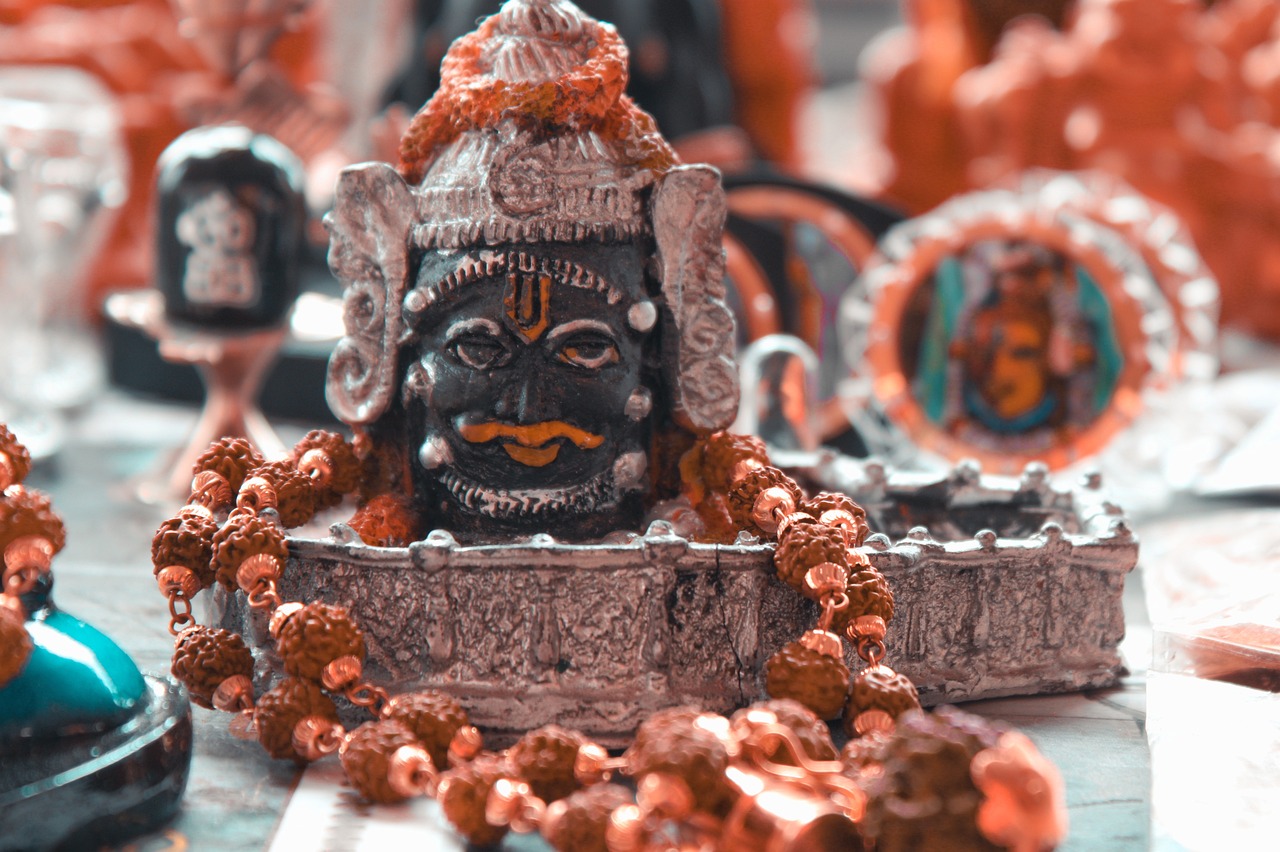The Discovery of the Ancient Celtic Mysteries
Have you ever wondered about the enigmatic world of the ancient Celts, shrouded in mystery and intrigue? The discovery of the ancient Celtic mysteries opens a gateway to a realm filled with secrets, practices, beliefs, and rituals that have captivated the minds of historians and archaeologists for centuries. As we embark on this journey of exploration, we are bound to uncover a tapestry of ancient wisdom and cultural richness that continues to resonate in the modern world.

The Origins of the Celts
Unveiling the historical background and geographical spread of the Celtic civilization takes us on a journey back to the Iron Age, where the roots of the Celts can be traced. Originating from Central Europe, the Celts expanded their influence across the continent, establishing themselves in regions such as Gaul (modern-day France), Iberia (Spain and Portugal), and the British Isles.
With their distinctive language, art, and customs, the Celts left a lasting impact on the regions they inhabited. Known for their fierce warrior culture and skilled craftsmanship, the Celts were adept at metalworking, creating intricate jewelry and weaponry that showcased their artistic prowess.
As they migrated and settled in different areas, the Celts adapted to local traditions and beliefs, blending their own cultural practices with those of the indigenous populations. This cultural exchange enriched the Celtic civilization, leading to a diverse tapestry of traditions and rituals.
The Celtic tribes maintained a strong sense of community and kinship, organizing themselves into clans led by chieftains. These close-knit societies fostered a deep connection to the land and nature, with the Celts viewing the natural world as sacred and imbued with spiritual significance.

Celtic Spiritual Beliefs
Exploring the hidden world of the ancient Celts and their mysterious practices, beliefs, and rituals that have fascinated historians and archaeologists for centuries.
Unveiling the historical background and geographical spread of the Celtic civilization, tracing their roots back to the Iron Age and their influence across Europe.
Delving into the spiritual and religious beliefs of the Celts, including their reverence for nature, deities, and the Otherworld, shedding light on their unique cosmology.
Exploring the role and significance of Druids in Celtic society, their knowledge of the natural world, and their mystical practices, such as divination and ceremonies.
Examining the intricate artistry and symbolic motifs of the Celts, from intricate metalwork to intricate knot patterns, deciphering their meanings and cultural significance.
Unraveling the mysteries of Celtic festivals like Samhain and Beltane, understanding their rituals, celebrations, and connections to the changing seasons and spiritual beliefs.
Journeying to ancient Celtic sacred sites and megalithic structures, such as Stonehenge and Newgrange, exploring their astronomical alignments and spiritual importance.
Immersing in the rich tapestry of Celtic myths and legends, from tales of gods and heroes to stories of supernatural beings, unraveling their cultural narratives and symbolism.
Reflecting on the enduring legacy of the Celts in modern culture, from language and folklore to spiritual practices, and the ongoing efforts to preserve and revive their ancient wisdom.
The spiritual beliefs of the Celts were deeply intertwined with nature, viewing the natural world as sacred and divine. They worshipped a pantheon of deities representing various aspects of nature, such as the sun, moon, and forests. The Celts believed in the existence of the Otherworld, a mystical realm beyond the physical world where spirits dwelled and souls journeyed after death. This belief in the interconnectedness of all living beings and the spiritual realm shaped their rituals, ceremonies, and daily practices.

Druidism: The Celtic Priesthood
Exploring the hidden world of the ancient Celts and their mysterious practices, beliefs, and rituals that have fascinated historians and archaeologists for centuries.
Unveiling the historical background and geographical spread of the Celtic civilization, tracing their roots back to the Iron Age and their influence across Europe.
Delving into the spiritual and religious beliefs of the Celts, including their reverence for nature, deities, and the Otherworld, shedding light on their unique cosmology.
Druidism was a central aspect of Celtic society, with Druids serving as priests, scholars, and advisors. These revered individuals held deep knowledge of nature, astronomy, and the spiritual realm. They acted as mediators between the people and the divine, conducting rituals, offering guidance, and interpreting omens. The Druids' role extended beyond religious matters, influencing politics, law, and education within Celtic communities.
Examining the intricate artistry and symbolic motifs of the Celts, from intricate metalwork to intricate knot patterns, deciphering their meanings and cultural significance.
Unraveling the mysteries of Celtic festivals like Samhain and Beltane, understanding their rituals, celebrations, and connections to the changing seasons and spiritual beliefs.
Journeying to ancient Celtic sacred sites and megalithic structures, such as Stonehenge and Newgrange, exploring their astronomical alignments and spiritual importance.
Immersing in the rich tapestry of Celtic myths and legends, from tales of gods and heroes to stories of supernatural beings, unraveling their cultural narratives and symbolism.
Reflecting on the enduring legacy of the Celts in modern culture, from language and folklore to spiritual practices, and the ongoing efforts to preserve and revive their ancient wisdom.

Celtic Art and Symbolism
Exploring the hidden world of the ancient Celts and their mysterious practices, beliefs, and rituals that have fascinated historians and archaeologists for centuries.
Unveiling the historical background and geographical spread of the Celtic civilization, tracing their roots back to the Iron Age and their influence across Europe.
Delving into the spiritual and religious beliefs of the Celts, including their reverence for nature, deities, and the Otherworld, shedding light on their unique cosmology.
Exploring the role and significance of Druids in Celtic society, their knowledge of the natural world, and their mystical practices, such as divination and ceremonies.
Examining the intricate artistry and symbolic motifs of the Celts, from intricate metalwork to intricate knot patterns, deciphering their meanings and cultural significance.
Unraveling the mysteries of Celtic festivals like Samhain and Beltane, understanding their rituals, celebrations, and connections to the changing seasons and spiritual beliefs.
Journeying to ancient Celtic sacred sites and megalithic structures, such as Stonehenge and Newgrange, exploring their astronomical alignments and spiritual importance.
Immersing in the rich tapestry of Celtic myths and legends, from tales of gods and heroes to stories of supernatural beings, unraveling their cultural narratives and symbolism.
Reflecting on the enduring legacy of the Celts in modern culture, from language and folklore to spiritual practices, and the ongoing efforts to preserve and revive their ancient wisdom.
The Celtic civilization was not only known for its spiritual beliefs but also for its remarkable art and symbolism. Celtic artistry was characterized by intricate designs, often featuring knot patterns, animals, and geometric shapes. These designs were not merely decorative but held deep symbolic meanings for the Celts.
One of the most iconic forms of Celtic art is their metalwork, particularly the intricate designs found in jewelry, weapons, and everyday objects. The craftsmanship displayed in these pieces is a testament to the skill and creativity of the Celtic artisans.
Moreover, Celtic symbols were abundant in their art, each carrying its own significance. For example, the Celtic knot, with its endless loops and interwoven patterns, symbolized the eternal cycle of life, death, and rebirth. Animals like the stag, representing strength and virility, and the raven, symbolizing magic and prophecy, were commonly depicted in Celtic art.
By understanding the art and symbolism of the Celts, we gain insight into their worldview and cultural values. Every stroke of the brush or chisel held a deeper meaning, connecting the Celts to their spiritual beliefs and the natural world around them.
Q: Were the Celts skilled artisans?
A: Yes, the Celts were renowned for their exceptional craftsmanship, especially in metalwork and intricate designs.
Q: What is the significance of Celtic symbols?
A: Celtic symbols held deep meanings related to nature, spirituality, and the interconnectedness of life.
Q: How did Celtic art influence modern design?
A: Celtic art continues to inspire modern designers with its intricate patterns and symbolic motifs, seen in various art forms and jewelry today.

Celtic Festivals and Rituals
When it comes to the ancient Celts, their festivals and rituals were not just mere events but profound connections to the spiritual realm and the natural world. These celebrations were intricately woven into the fabric of Celtic life, marking significant moments in the changing seasons and honoring their beliefs and deities.
One of the most well-known Celtic festivals is Samhain, celebrated on the eve of November 1st. This festival, marking the end of the harvest season and the beginning of winter, was a time when the veil between the worlds of the living and the dead was believed to be at its thinnest. Bonfires were lit, and offerings were made to honor the departed and seek protection for the coming winter.
Beltane, on the other hand, celebrated the arrival of summer and the fertility of the land. This festival, held on May 1st, was a time of joyous revelry, with dancing around the Maypole, feasting, and rituals to ensure a bountiful harvest. The Celts believed that during Beltane, the boundaries between the earthly and supernatural realms were blurred, allowing for communication with the spirits.
These festivals were not just about merrymaking but also about spiritual connection and reverence for the cycles of nature. The Celts saw the changing seasons as reflections of the eternal cycle of life, death, and rebirth, and their rituals were a way to align themselves with these cosmic rhythms.
Furthermore, rituals were an integral part of Celtic life, performed to seek guidance from the divine, ensure prosperity, and protect the community. From elaborate ceremonies conducted by Druids to simple household rituals performed by individuals, the Celts believed that their actions had a direct impact on the spiritual and material world around them.
Overall, Celtic festivals and rituals were not just historical events but living traditions that connected the Celts to their past, their gods, and the natural world. These practices continue to inspire awe and fascination, offering a glimpse into a time when the boundaries between the mundane and the mystical were blurred, and the unseen forces of the universe held sway over everyday life.

Sacred Sites and Megaliths
The ancient Celts revered certain sites and structures as sacred, believing them to be imbued with mystical energies and spiritual significance. These sacred sites and megaliths served as focal points for religious ceremonies, astronomical observations, and communal gatherings, offering a glimpse into the spiritual world of the Celts.
One of the most famous Celtic sacred sites is Stonehenge, a mysterious stone circle in England that aligns with the movements of the sun and moon. This ancient megalithic structure is believed to have served as a site for rituals, ceremonies, and astronomical observations, showcasing the Celts' deep connection to the cosmos.
Similarly, Newgrange in Ireland is another remarkable Celtic megalithic monument, known for its intricate stone carvings and alignment with the winter solstice. This Neolithic passage tomb is thought to have been a sacred site for honoring the cycle of life and death, reflecting the Celts' spiritual beliefs in rebirth and renewal.
Exploring these sacred sites and megaliths offers a unique opportunity to connect with the ancient Celtic world, unraveling the mysteries of their spiritual practices, cosmological beliefs, and reverence for the natural world.

Celtic Mythology and Legends
Delve into the enchanting realm of Celtic mythology and legends, where stories of gods, heroes, and mystical creatures intertwine to create a rich tapestry of cultural narratives and symbolism. The ancient Celts possessed a vibrant oral tradition, passing down tales through generations, each story adding layers of depth and meaning to their folklore.
Within Celtic mythology, deities such as the Morrigan, Brigid, and Cernunnos reign supreme, embodying various aspects of nature, warfare, and fertility. These gods and goddesses were not distant figures but were believed to be intimately connected to the daily lives of the Celts, influencing everything from harvests to battles.
Legends of heroic figures like Cu Chulainn and Finn MacCool echo through time, showcasing bravery, cunning, and the enduring spirit of the Celtic people. These epic tales often blend historical events with fantastical elements, blurring the lines between reality and myth.
Moreover, the Celtic world is populated with a myriad of supernatural beings, from mischievous fairies to fearsome banshees, each embodying different aspects of the natural world and human experience. These creatures add a sense of wonder and mystery to Celtic folklore, inviting listeners to explore the liminal spaces between the seen and unseen.
Through the exploration of Celtic mythology and legends, one can unravel the intricate web of stories that shaped the beliefs, values, and identity of the ancient Celts. These narratives continue to captivate audiences today, offering a glimpse into a world where magic, heroism, and the mysteries of the Otherworld intertwine.

The Legacy of the Celts
The legacy of the Celts holds a profound impact on modern culture, echoing through time with whispers of ancient wisdom and traditions. Their influence extends far beyond the pages of history books, shaping language, folklore, and spiritual practices that continue to resonate today. Through their rich tapestry of myths and legends, the Celts have woven a narrative thread that connects the past to the present, offering insights into their beliefs and values.
One of the most enduring legacies of the Celts lies in their language, which has left an indelible mark on the linguistic landscape of Europe. The survival of Celtic languages such as Irish, Welsh, and Breton is a testament to the resilience of a culture that refused to be silenced by time. These languages carry with them the echoes of ancient stories and traditions, preserving a connection to the past that continues to inspire contemporary artists, writers, and musicians.
Furthermore, the folklore of the Celts has permeated popular culture, influencing everything from literature to film. Tales of heroic deeds, magical creatures, and mystical realms have captured the imagination of audiences around the world, transcending time and geography to touch the hearts of those who seek the enchantment of ancient legends.
In addition to language and folklore, Celtic spiritual practices have also left a lasting impact on modern society. The reverence for nature, the belief in interconnectedness, and the celebration of the cycles of the seasons are all hallmarks of Celtic spirituality that continue to resonate with those who seek a deeper connection to the natural world and the divine.
Efforts to preserve and revive Celtic traditions are ongoing, with individuals and organizations dedicated to honoring the legacy of the Celts through festivals, rituals, and educational initiatives. By keeping the flame of Celtic wisdom alive, these modern-day enthusiasts ensure that the ancient mysteries of the Celts remain accessible to future generations, inspiring a sense of wonder and awe for the enduring legacy of a civilization that continues to surprise and delight.
Frequently Asked Questions
- What were the main spiritual beliefs of the Celts?
The Celts believed in a deep connection with nature, worshipping deities associated with natural elements and cycles. They also believed in the existence of the Otherworld, a mystical realm beyond the physical world.
- Who were the Druids and what was their role in Celtic society?
The Druids were the Celtic priesthood, serving as religious leaders, advisors, healers, and keepers of knowledge. They played a significant role in Celtic society, conducting rituals, ceremonies, and acting as mediators between the spiritual and earthly realms.
- What are some famous Celtic festivals and their significance?
Celtic festivals like Samhain (Halloween) and Beltane marked important seasonal transitions and were celebrated with rituals to honor the cycles of nature. These festivals reflected the Celtic reverence for the changing seasons and spiritual connections.
- What is the importance of Celtic art and symbolism?
Celtic art is known for its intricate designs and symbolic motifs, often featuring knotwork, animals, and geometric patterns. These symbols held deep cultural and spiritual significance, representing themes like interconnectedness, eternity, and protection.
- How did Celtic mythology influence modern culture?
Celtic myths and legends have left a lasting impact on modern culture through literature, art, and folklore. Elements of Celtic mythology can be seen in contemporary storytelling, spiritual practices, and the preservation of ancient wisdom.



















